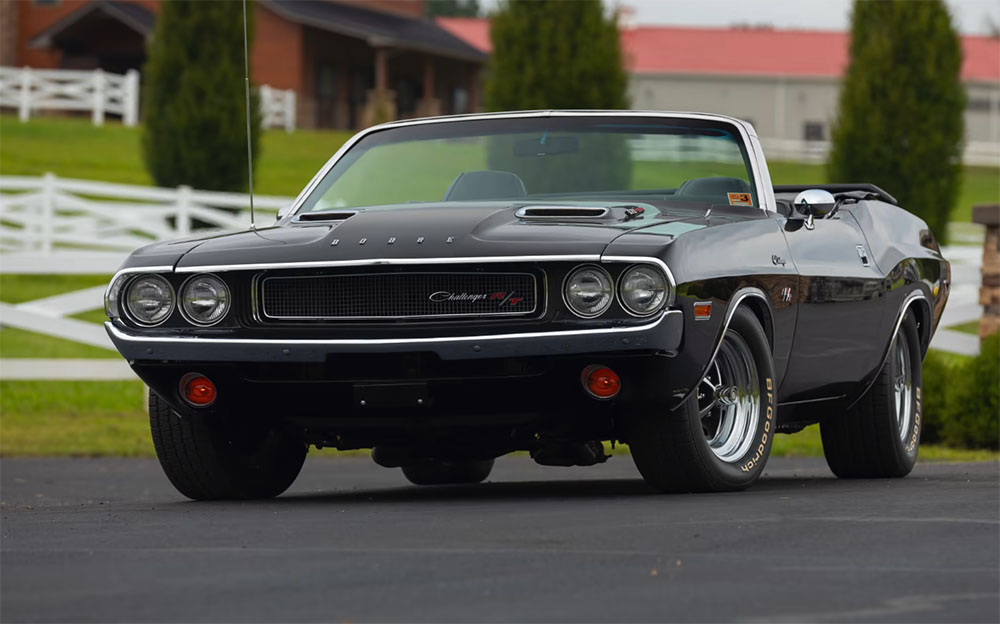A Brief History of Automotive Upholstery
Posted by D. Brian Smith on Jun 13th 2024
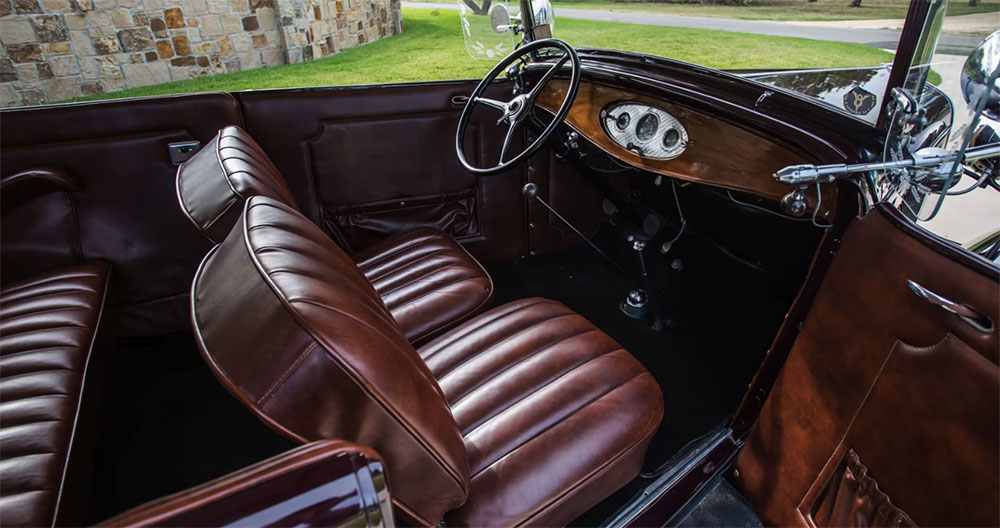
Parts Unlimited Interiors is passionate about helping you renew the interior in your American muscle car. While the exterior of a muscle machine is a work of art, it's the interior that truly enhances the driving experience. Reflecting on the evolution of upholstery, let's take a brief look at how interior design has evolved over time.

Above: The lead photo and the one just above are a 1932 Ford phaeton. All photos are courtesy of Mecum Auctions.
The Early Days of Auto Upholstery
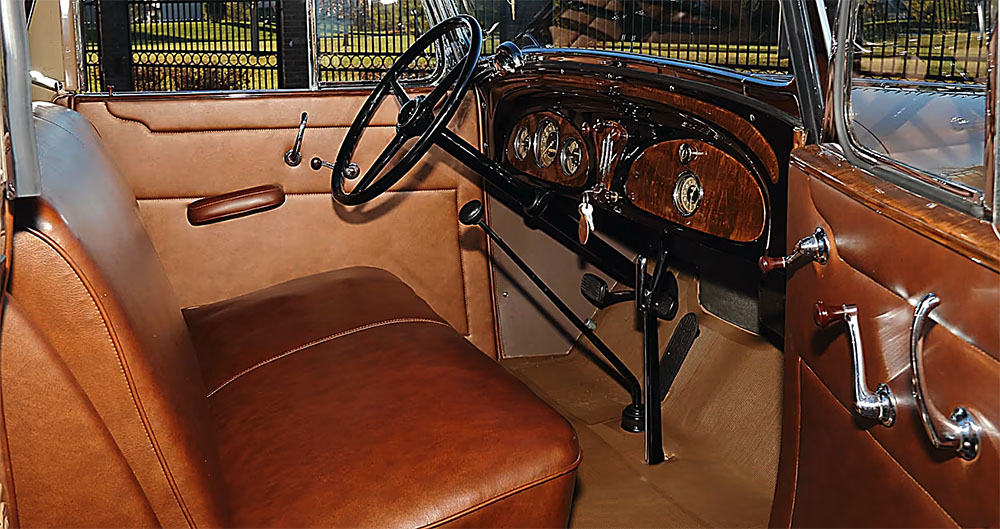
In the early days, automobile seats were far from the epitome of comfort - quite surprising, isn't it? Resembling the furniture trends of the era, these seats featured wooden frames and relied on coiled springs for support. The padding, made of materials like cotton, horsehair, and other fibrous elements, certainly didn't scream luxury.
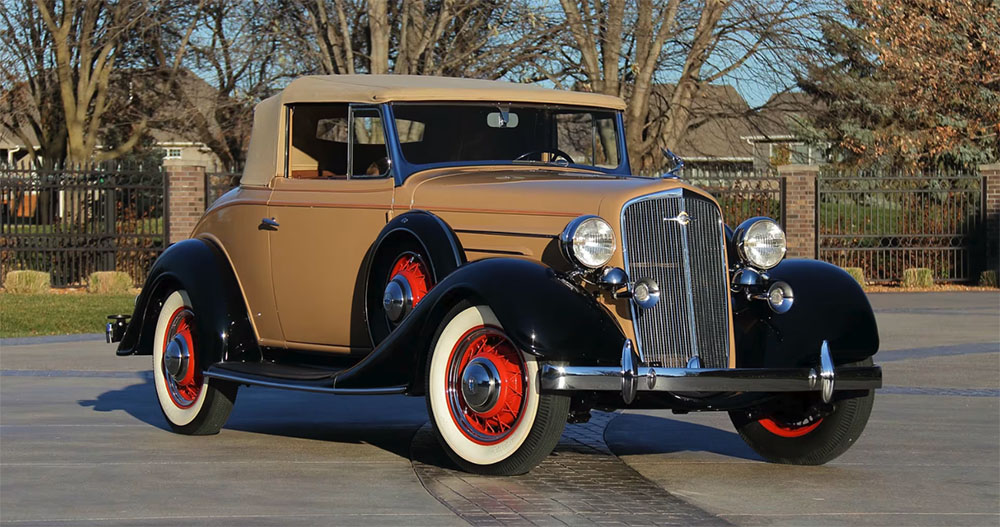
Above: Photos three and four are of a 1934 Chevrolet roadster.
Auto Upholstery in the 1950's and 1960's
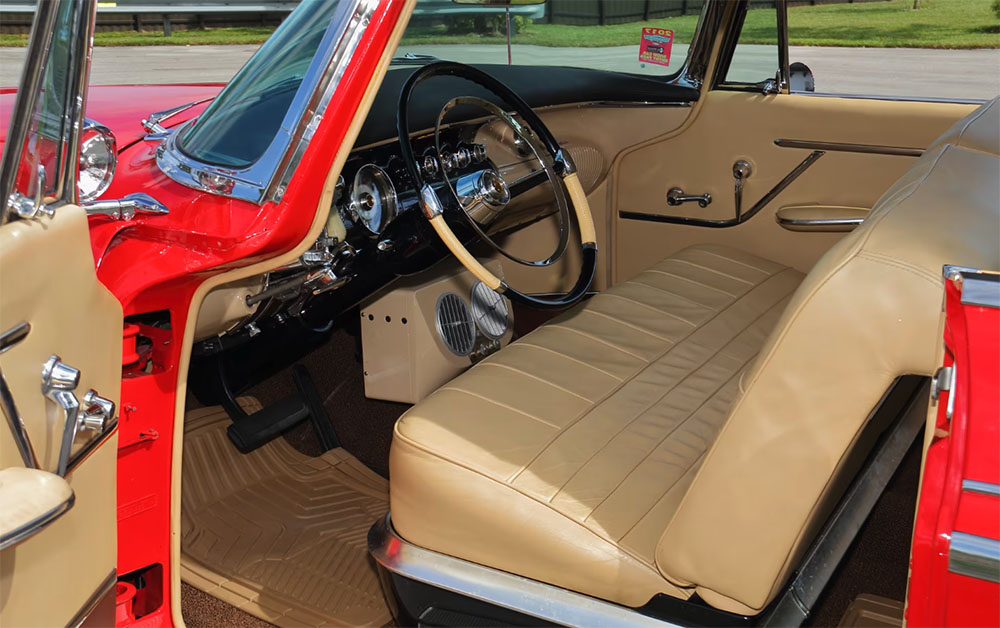
Above and just below: These two photos are of a 1956 Chrysler 300B hardtop.
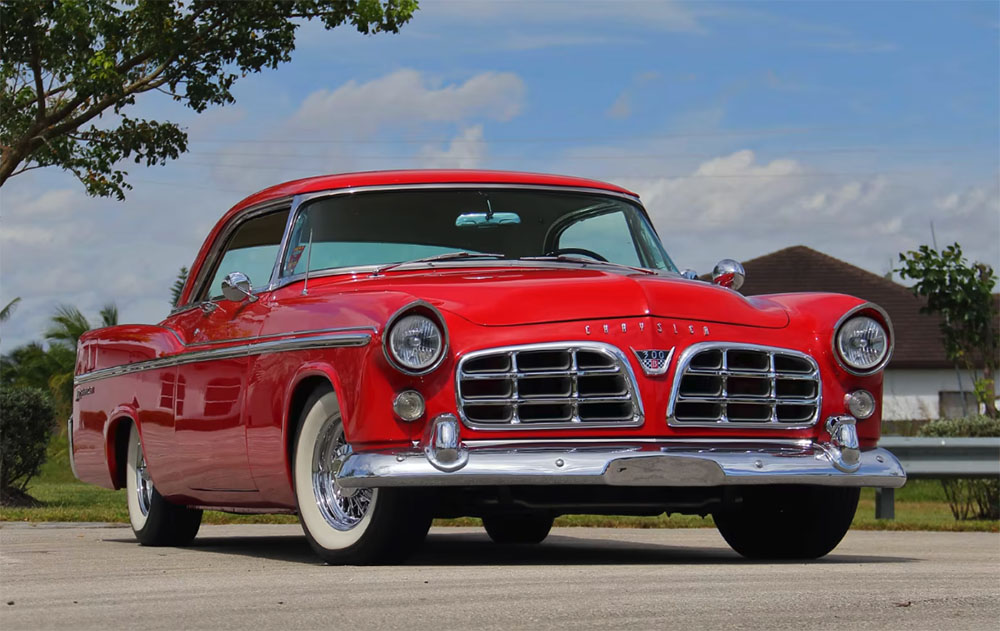
As the mid 20th century rolled around, automobile seating underwent significant advancements. Transitioning from wooden frames to sturdy metal ones, the durability of seats skyrocketed. The traditional coiled springs were replaced by a more efficient zig-zag design, providing not only support but also sleeker seats. Furthermore, the introduction of foam padding revolutionized the comfort and stability of seating arrangements.
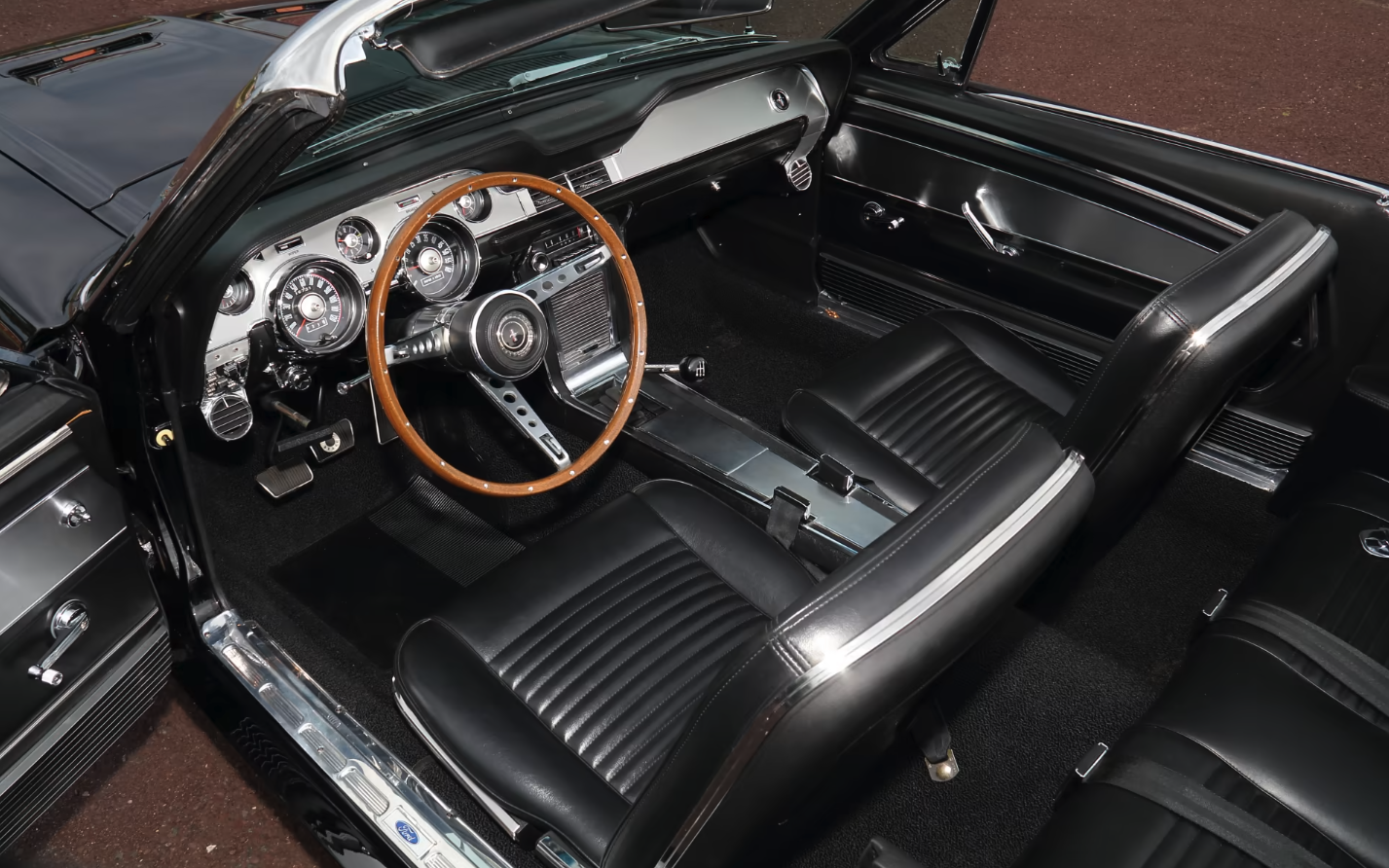
Above and just below: These two photos are a 1967 Ford Mustang GT390 convertible with factory AC.
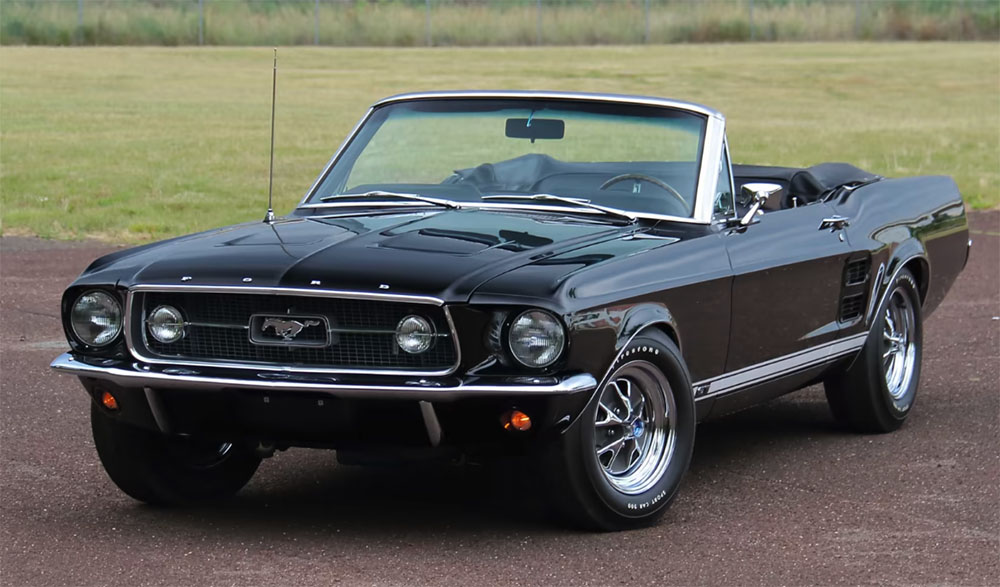
Auto Upholstery in the 1970's & 1980's
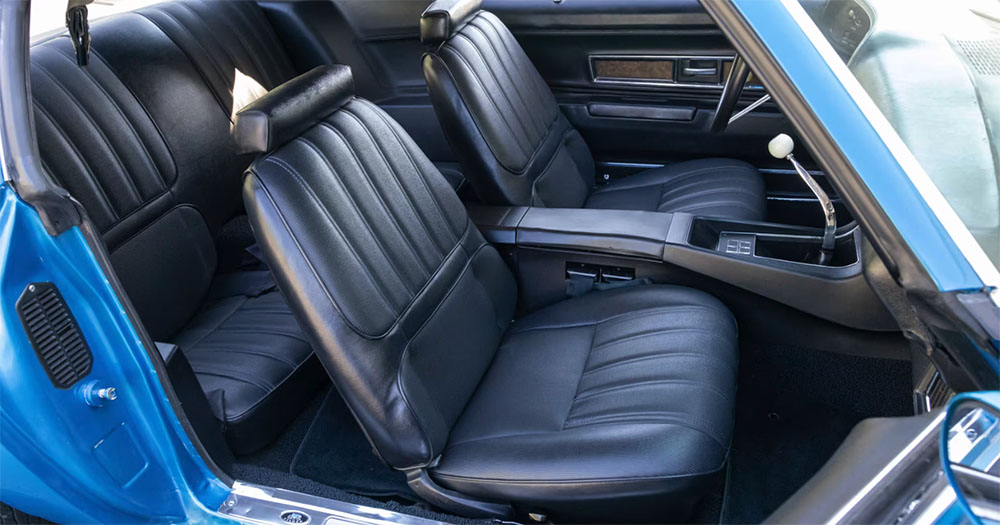
Above and just below: A 1970 Chevrolet Camaro Z28 is ready for the open road.
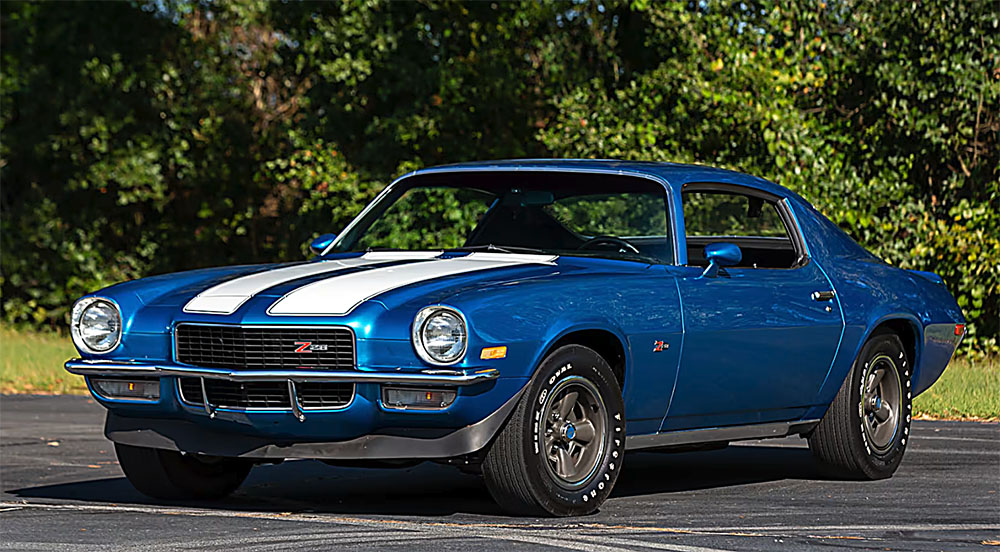
During the 70s and 80s, automakers shifted their design focus towards improving fuel efficiency. This resulted in a reduction in the overall weight of cars. Seat frames were constructed from lightweight metal pieces spot welded together. To enhance comfort, these frames were fully filled with foam. The unique foam composition, with increased air bubbles, created softer but less supportive seats. While this manufacturing change aimed to improve fuel economy, it also led to a decrease in the quality of seating, resulting in quicker wear and tear.
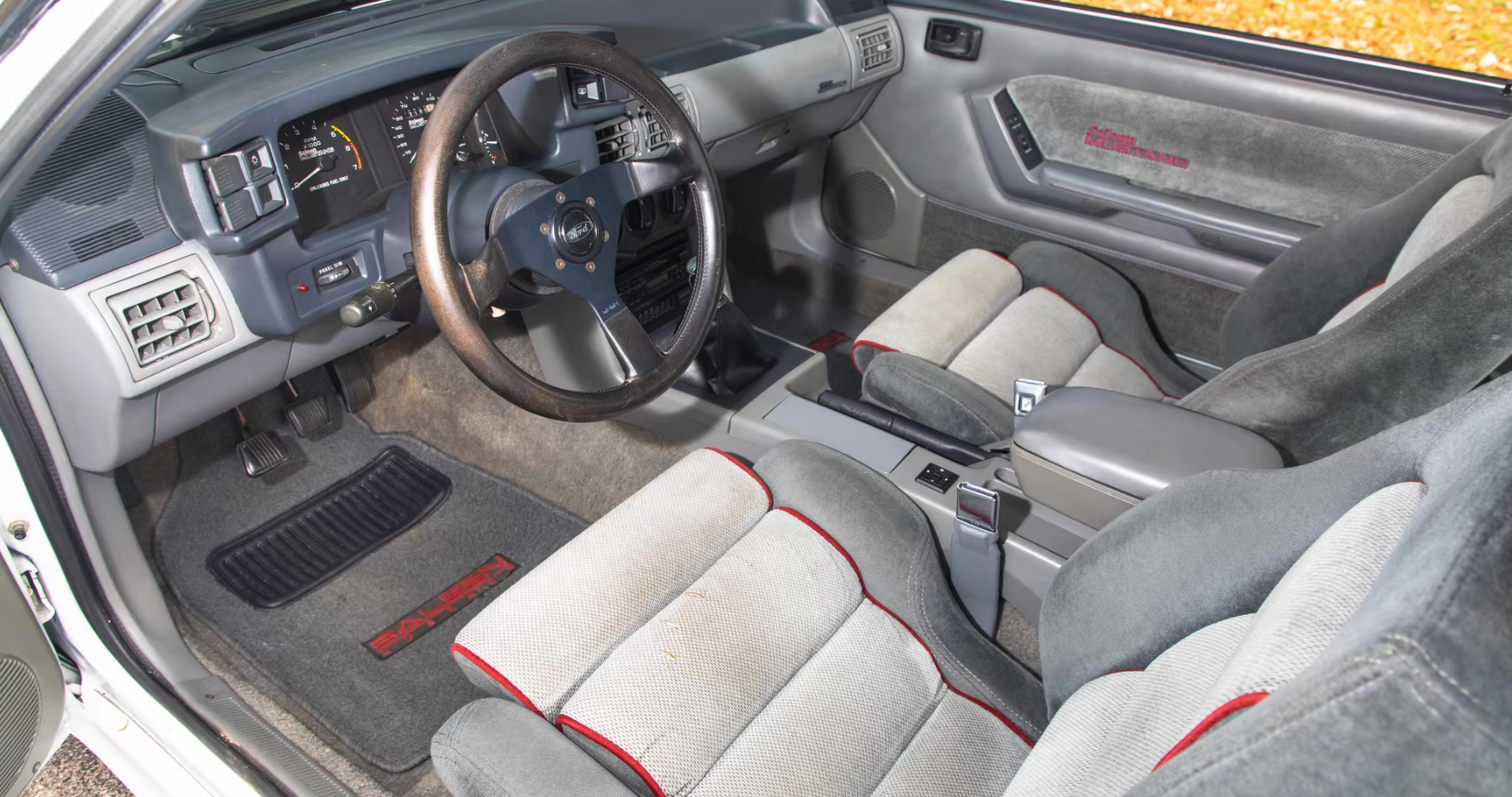
Above and just below: Time to tear up the tarmac in a 1988 Saleen Mustang.
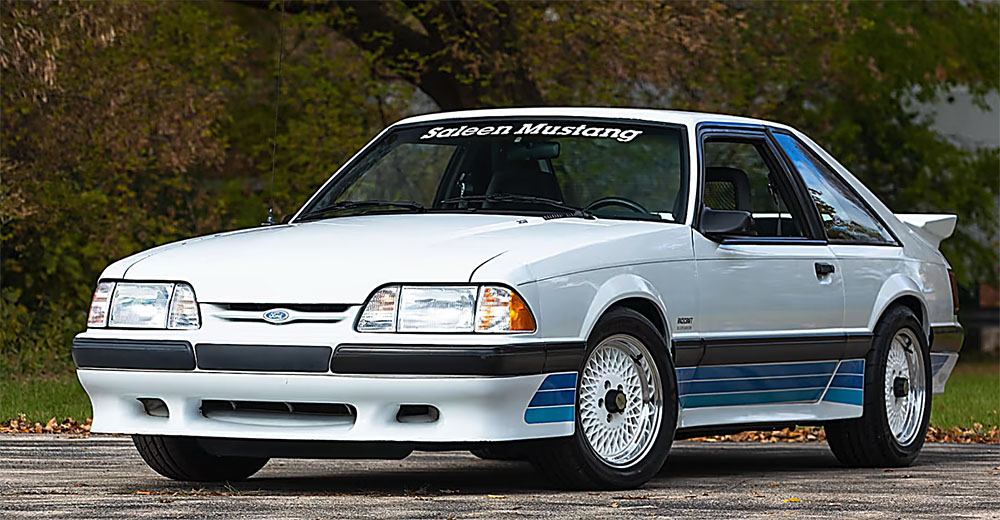
Auto Upholstery in the 1990's
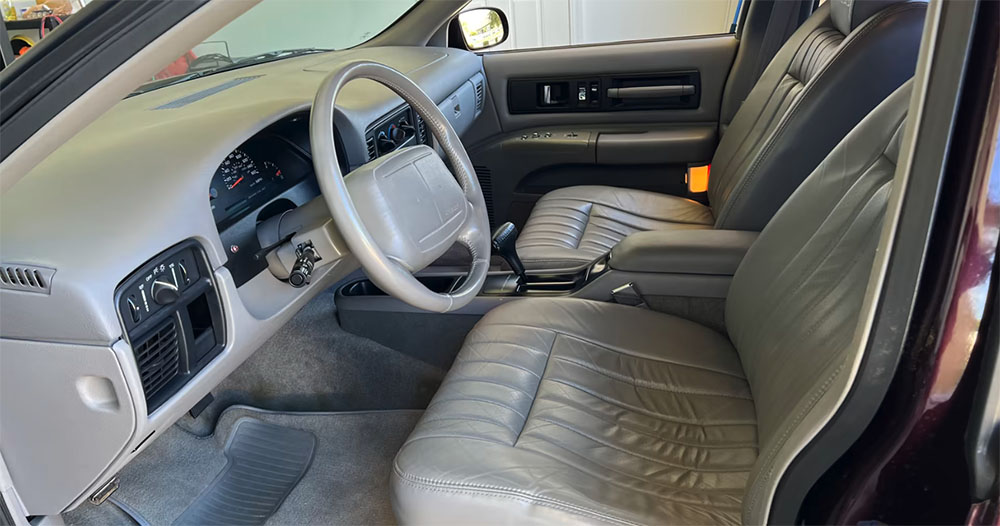
Above: A 1996 Impala interior looks quite comfy.
In the 1990s, the automotive industry underwent another significant transformation. Seats were now crafted from lightweight yet robust metals, constructed from a multitude of intricate pieces. The return of zig-zag seat springs, paired with denser foam, resulted in seats that were not only more stable but also remarkably comfortable. However, it wasn't all smooth sailing as the quality of manufacturer's leather often fell short, leading to faster wear and tear.
Parts Unlimited Interiors - Your Source for American Muscle Car Cockpit Components
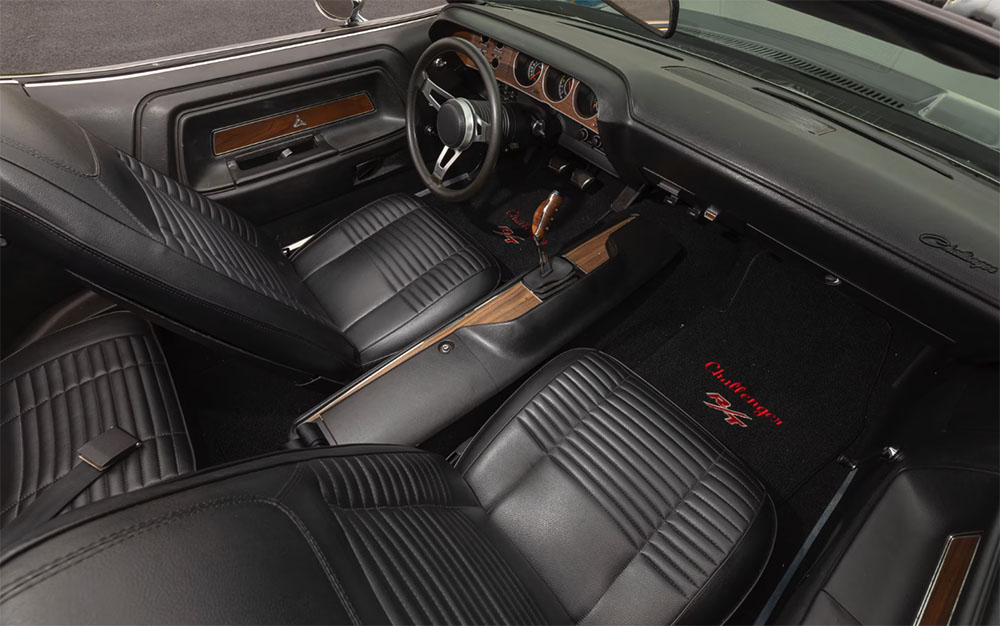
Above: This 1970 Dodge Challenger R/T interior looks most inviting. The last photo shows the exterior of the very same American Mopar muscle machine.
Consider the fascinating journey of automotive interior design and how it aligns with your own driving experiences. Ever pondered why the original 1968 Chevy Camaro, Dodge Challenger, Ford Mustang upholstery, or etc. in your beautifully restored ride feels less than comfortable? The culprit may lie in the dated foam padding and seat covers. Explore the range of interior options available for your beloved American muscle car on the Parts Unlimited Interiors website and elevate your driving experience to the next level.
